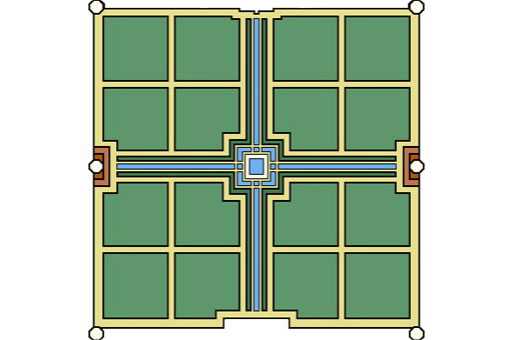Each day for seven consecutive days a priest would walk up a ramp leading to the bronze altar located in the Temple Court and pour a jug full of water into a bowl that drained into the altar. (source)It was during this ceremony that Jesus proclaimed himself to be the fountain of living water. (See John 7:2, 37-39.)
With that backdrop in our minds, let's look more closely at 1 Nephi 11, in which Nephi sees a vision explaining to him what his father had seen. Notice this description of the tree of life in verse 25:
25 And it came to pass that I beheld that the rod of iron, which my father had seen, was the word of God, which led to the fountain of living waters, or to the tree of life; which waters are a representation of the love of God; and I also beheld that the tree of life was a representation of the love of God.
What follows is a vision of Christ's condescension and atoning sacrifice. That's a pretty amazing multi-layered use of symbolism, with the water poured over the altar and the fountain of living water springing from the tree of life.
I can't help but think of the Garden of Eden (which contains the tree of life) and the four waters parting from it. This is symbolically depicted in the layout of ancient Persian Gardens called Chahar Bagh, which look like this from overhead:

Compare this to early Christian baptismal fonts like this one:

Makes you wonder how old and how widespread this symbolism really is, doesn't it?
If you add to this the other layers of authentically ancient symbolism built into Nephi's incredible vision (for example the "sword of justice"/gulf of misery, Asherah in the form of a tree, the white/sweet fruit, and the rod of iron), you really should expect to find out that Joseph Smith at least had a library card, shouldn't you?